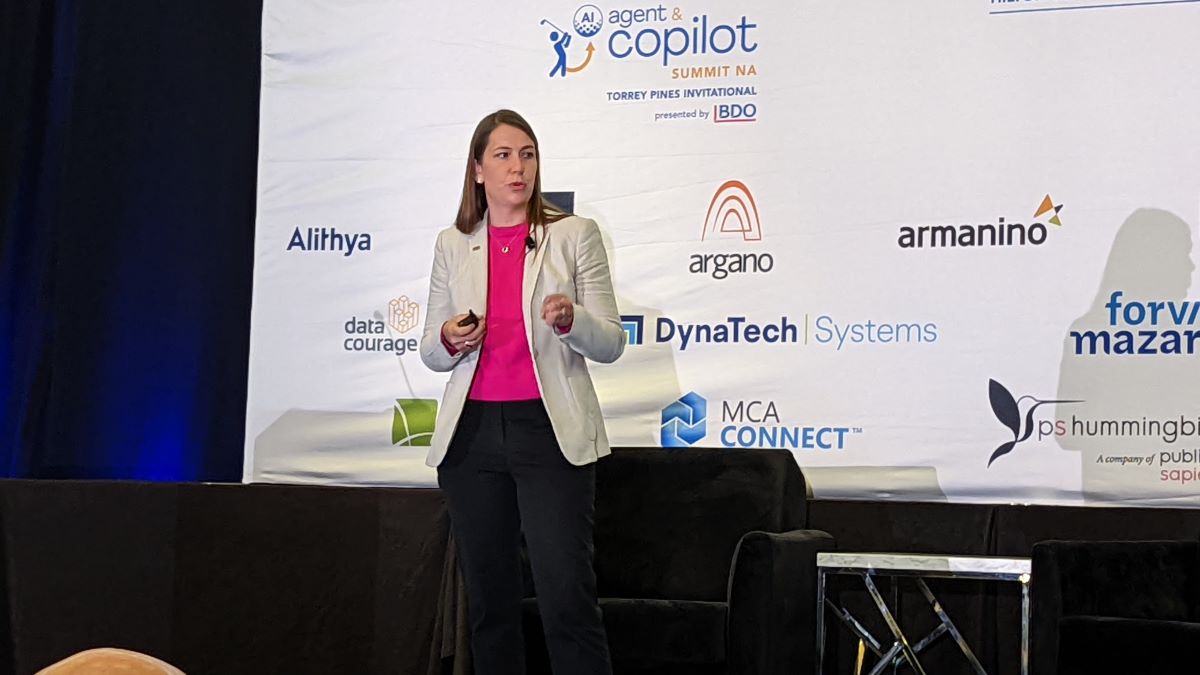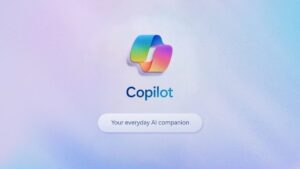Exploring Microsoft’s Vision for Agentic AI and Key Factors for Organizational Success

Embracing AI: Transforming Work and Organizations
As organizations navigate the evolving landscape of artificial intelligence (AI), recent insights from industry leaders highlight transformative opportunities through agent-based technologies. At the AI Agent & Copilot Summit, Microsoft executives discussed strategies for effectively integrating AI into workplaces. This article explores these advancements and their implications for employees and organizations.
Understanding Agentic Transformation
Key Opportunities
During the summit, Microsoft Vice President Ray Smith outlined three significant areas where agentic AI can drive transformation:
Increased Employee Productivity: AI can enhance individual performance through support and automation, allowing workers to focus on more strategic tasks.
Process Improvement: Leveraging AI for optimizing workflows can result in reduced costs and increased revenue through efficiency gains.
- Creation of New Products and Experiences: Organizations can innovate by developing new AI-driven solutions that offer unique value propositions to customers.
Smith emphasized the importance of rapid iteration in AI deployment, contrasting it with slow, traditional transformation methods. He suggested that companies should focus on delivering outcomes swiftly, testing new solutions in real-time.
Levels of Agentic Transformation
Smith introduced a framework for understanding the levels of agentic transformation within organizations:
Level 1: Human-driven processes augmented by AI.
Level 2: Departments begin integrating AI for enhanced operations, requiring human oversight.
Level 3: Individuals manage a pool of AI agents to facilitate productivity, emphasizing skills in agent management.
- Level 4: Autonomous AI agents operate independently, executing tasks and learning from experiences, ultimately driving higher return on investments (ROI).
Organizations often start with standardized tasks in functions like IT or HR and aim to expand into more complex areas like business development using AI.
Microsoft’s AI Technology Stack
Microsoft aims to equip organizations with the necessary tools to embrace AI through a comprehensive technology stack. There are three primary platforms to consider:
Microsoft 365: Focused on enhancing productivity and collaboration.
Dynamics 365: Manages business data and workflows, essential for operational efficiency.
- Power Platform: Enables low-code solutions, empowering users to create applications easily without extensive technical expertise.
Cecilia Flombaum, a representative from Microsoft’s Office of the CTO, elaborated on how these platforms are interconnected, with evolving user interfaces and workflows that include AI capabilities like copilots and agents.
Setting AI Priorities in Organizations
A significant discussion at the summit revolved around organizational strategies needed for successful AI integration. Kirstie Tiernan, a BDO board member, emphasized the crucial role of leadership in establishing AI priorities. She shared insights on fostering engagement among all organizational levels, from executive boards to front-line staff.
Employee Interaction with AI
Tiernan pointed out that employees are increasingly utilizing AI tools such as ChatGPT, often bypassing company policies that restrict their use. This trend demonstrates a growing expectation among workers for AI to be a part of everyday tasks.
Research indicated that the use of AI is widespread across different age groups, not limited to younger generations. To remain competitive, employers must recognize this shift and adapt their policies accordingly.
Preparing Employees for an AI Future
To thrive in an AI-driven environment, Tiernan encouraged employees to develop new skills, particularly in prompting AI tools effectively. She also highlighted the value of relying on experienced users to lead organizational change, as their insights can be invaluable to driving successful AI adoption.
Moreover, she recommended that boards establish foundational education and training in AI to support strategic decision-making. This includes evaluating the potential risks and opportunities associated with AI, which can influence project approval and implementation processes.
As organizations continue to explore and implement AI-driven solutions, understanding these dynamics will be essential for aligning technology with human capabilities and organizational goals.




